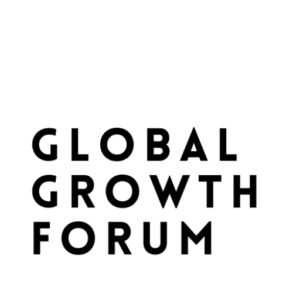As we become more aware of the impact of waste on the environment we must find ways to reduce them. One of those ways is understanding the importance of sustainability in art and it is gaining prominence. One way to create beautiful art while reducing waste is through upcycling. In this article, we will explore the art of upcycling. Including its benefits, materials, techniques used, and examples of upcycling projects.
Understanding Upcycling
Upcycling is the process of transforming old, unused, or discarded materials into something new, useful, and beautiful. The goal of upcycling is to give new life to materials that would otherwise end up in landfills. It is different from recycling because recycling requires the use of additional resources to transform materials into new products. It is as much about expressing creativity as it is about reducing the impact of waste on the environment.
Benefits to Consider
Upcycling has several benefits. Firstly, it reduces the amount of waste sent to landfills. This means that upcycling contributes to reducing the negative impact of waste on the environment. Secondly, it conserves natural resources since it reduces the need for new materials. Lastly, it can be an affordable way to create unique and one-of-a-kind art pieces. Which can act as a powerful medium for expressing creativity.
Upcycling Materials
Upcycling materials can be found everywhere, from old clothes and furniture to broken ceramics and glass. The possibilities are endless, and creativity is the only limit. When sourcing materials for upcycling, it is essential to keep in mind their durability, texture, and color. Some common upcycling materials include:
- Wood pallets
- Glass bottles and jars
- Fabric scraps
- Old furniture
- Bicycle parts
- Broken ceramics
Upcycling Techniques
There are different techniques for upcycling materials, depending on the material and the desired outcome. Some common techniques include:
- Painting: Adding a new layer of paint can transform an old item into a beautiful and unique piece.
- Decoupage: Adding paper cutouts to a surface and coating it with a clear finish can give a fresh new look.
- Sewing: Old clothes or fabric scraps can be transformed into a new piece of clothing or a decorative item.
- Welding: Metal objects can be welded together to create a new sculpture or functional item.
Examples of Upcycling Projects
Upcycling projects come in various shapes and sizes, from simple and easy to complex and challenging. The only limit is one’s creativity and imagination. Here are a few examples of these projects to inspire you:
- Garden bench made from old wooden pallets: Turn unused wooden pallets into a beautiful and functional piece of outdoor furniture. With a bit of sanding and painting, you can create a rustic garden bench perfect for enjoying the outdoors.
- Mosaic made from broken glass bottles: Transform broken glass bottles into a stunning mosaic by cutting the glass into small pieces and arranging them into a pattern or design. With a bit of glue and grout, you can create a beautiful and unique piece of art.
- Refurbished furniture with new paint and hardware: Give an old piece of furniture a new lease of life by sanding it down, painting it with a fresh coat of paint, and replacing the hardware. A few simple updates can turn a drab and outdated piece into a stylish and modern one.
- Quilt made from old clothes: Create a cozy and meaningful quilt by sewing together old clothes or fabric scraps. With a bit of creativity, you can make a quilt that tells a story or reflects your personal style.
Conclusion
In conclusion, the art of upcycling provides an opportunity for artists and creatives to make a positive impact on the environment while creating beautiful and unique pieces. Upcycling is a sustainable practice that is gaining popularity due to its benefits for the environment, society, and personal well-being. By repurposing and transforming discarded materials, upcycling reduces waste, conserves natural resources, and supports local economies.
Moreover, upcycling offers a creative outlet that allows individuals to express themselves while contributing to a more sustainable lifestyle. It encourages people to think outside the box and find new ways to use existing materials, leading to innovative designs and new solutions to environmental problems. By embracing upcycling, individuals can reduce their carbon footprint, support a circular economy, and make a positive impact on the planet.
And as always folks be sure to check out the Global Growth Forum and read some of the latest articles that are both interesting and informative. Also, read some of the latest articles in Hindi be sure to check out the Mojo Patrakar.



